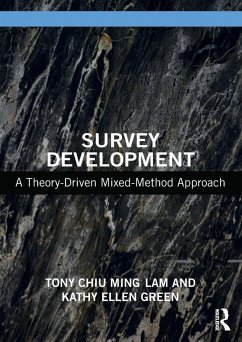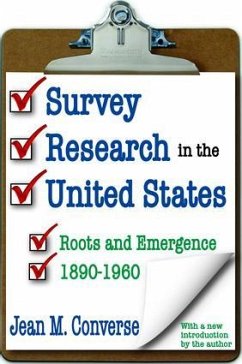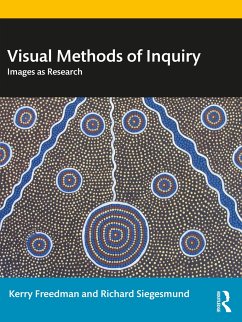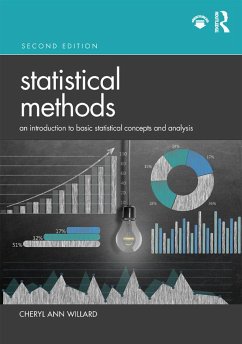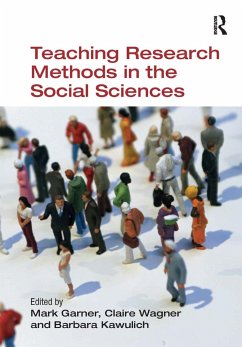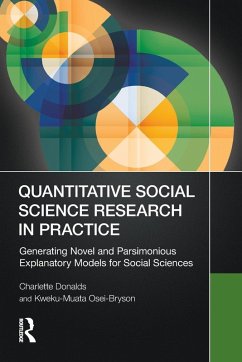Rakhahari Chatterji was Professor in Political Science and Dean of the Faculty of Arts at the University of Calcutta. Books written by him include Working Class and the Nationalist Movement in India, Introduction to Comparative Political Analysis, Gandhi and the Ali Brothers-Biography of a Friendship (translated in Hindi and Marathi). Apart from editing a number of volumes he has contributed over a hundred papers to academic journals and newspapers. Currently, he is Honourary Distinguished Fellow at the Observer Research Foundation, Kolkata. Partha Pratim Basu is Professor of International Relations at Jadavpur University, and also Executive President, Jadavpur Association of International Relations, Kolkata. He has also served as Editor, Jadavpur Journal of International Relations; Coordinator, One-year PG Diploma Course on Human Rights; and Director, School of Media, Communication and Culture, Jadavpur University. He has long experience of teaching Research Methodology in M. Phil and PhD course work classes. Jyotiprasad Chatterjee is Associate Professor in the Department of Sociology, Barrackpore Rastraguru Surendranath College, West Bengal, India. His research interest includes social movements arising in and through the critical interface of democracy and development. As the Supervisor of West Bengal of CSDS- Lokniti-network, he has been associated with a number of survey based research projects and has developed a considerable expertise in managing and handling empirical data. Suprio Basu is Assistant Course Director, Rural Awareness and Self Employment, Department of Sociology, University of Kalyani, West Bengal, India. His research area includes democratic governance, policy research with a focus on democratic decentralisation, electoral behaviour and so on. Being the CSDS Lokniti's West Bengal State Coordinator for the last two decades he has provided able leadership to a number of empirical research and has developed a unique skill in quantitative data analysis







